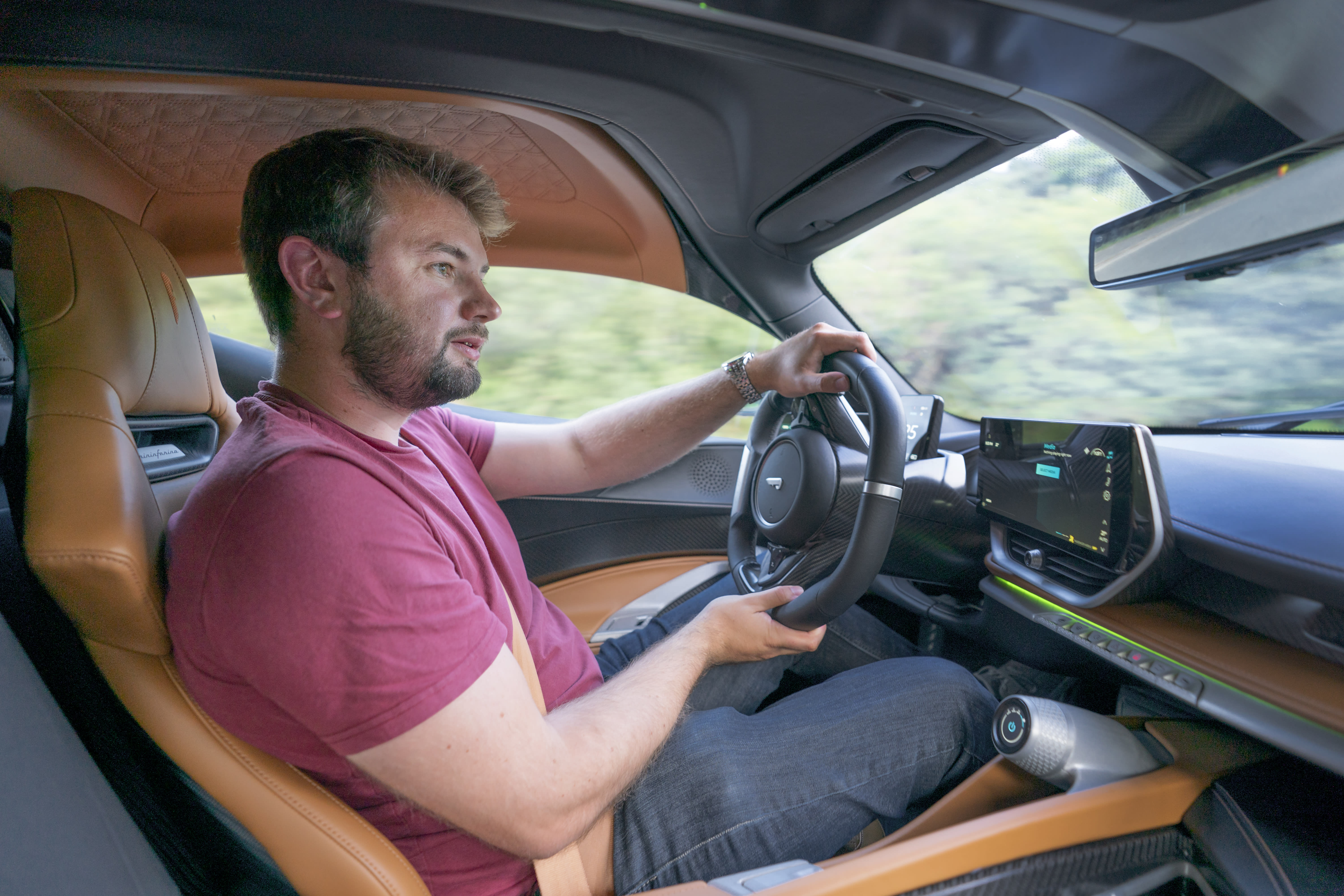
Kia XCeed (2023-) Review

Introduction
Car manufacturers have long been keen to sell us profitable SUVs over humdrum hatchbacks, but not everybody is quite ready to make the step just yet. Which is where the Kia XCeed comes in. Built to bridge the gap between hatchbacks such as the Volkswagen Golf and SUVs like the Hyundai Tucson, the XCeed is a bit of a mongrel.
But while falling through the cracks between more conventional family car stepping stones — SUVs, hatchbacks and estates — can the XCeed carve out a little niche all of its own, giving customers something that mixes the qualities of all three vehicles?
Select's rating score* - 3.4 / 5
At a Glance
In many ways, the Kia XCeed looks like a raised-up version of the Ceed hatchback, but the two cars don’t actually share all that much in terms of bodywork. A few panels are the same, but it’s mostly all new, giving the car a fraction more space inside and a taller and more rugged external design. It’s still a handsome thing, though.
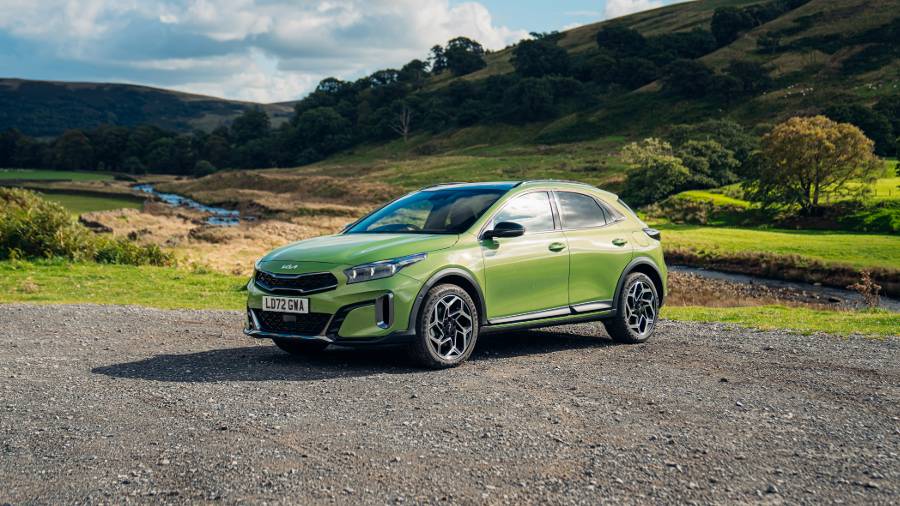
Inside, the XCeed is more closely related to the Ceed, with its central touchscreen, ergonomic controls and uninspiring but solid dashboard design. It isn’t about to win any prizes, but it will certainly do everything you need it to do, and there are some neat touches, including the solid door catches and the digital instrument display fitted to more upmarket examples.
Space inside is ample, too, with a decent boot and plenty of space for four adults in the cabin, while customers also get plenty of standard equipment. There’s a bit of choice when it comes to engines, too, with a choice between plug-in hybrid or petrol power, depending on your preferences. But though the hybrid is the more efficient choice on paper, it’s only available in mid-range ‘3’ trim.
Whether you choose the hybrid or a petrol version of the XCeed, the focus will be on comfort, rather than performance, and there’s nothing wrong with that. The engines are gutsy enough without being exceptional, and the handling is much the same. Don’t expect much in the way of involvement or engagement, but the ride feels very mature and composed, even if it isn’t exactly a magic carpet.
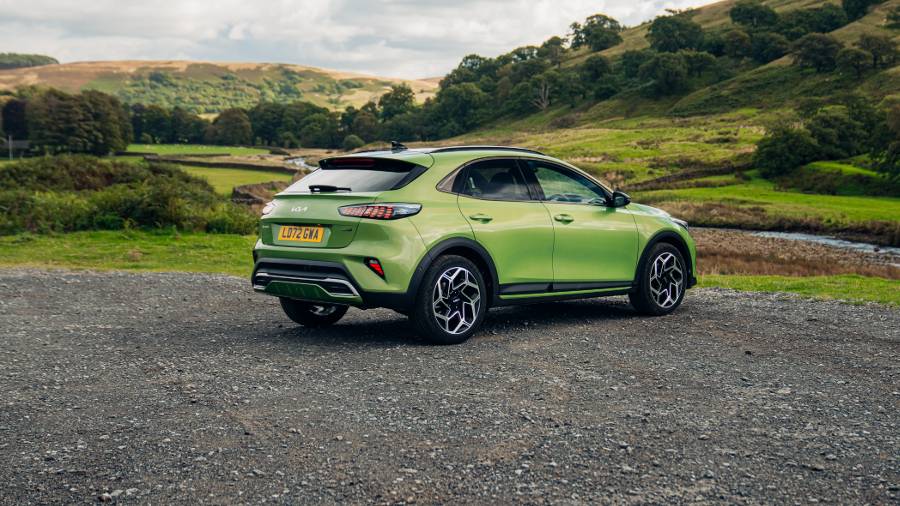
Key Features
Naturally, the image is a big part of the XCeed’s appeal, and customers will love the way it looks more rugged than a Ceed without feeling as tall and as beefy as the Sportage. Obviously, it won’t be for everyone, but we think it’s a pretty handsome crossover between a hatchback and an SUV, and customers seem to agree. That’s despite the fact the body cladding promises all-terrain capability that isn’t really there, as there’s no all-wheel-drive option.
But for all the XCeed’s posturing, it needs to bridge the gap between hatchbacks and SUVs when it comes to practicality, too. And it does that with its relatively generous boot and reasonable cabin space, which is perfectly sufficient for four adults. While it’s true the very tallest passengers might find headroom a little tight, legroom is adequate and the cabin doesn’t feel too cramped or claustrophobic. For family life, it’ll be great.
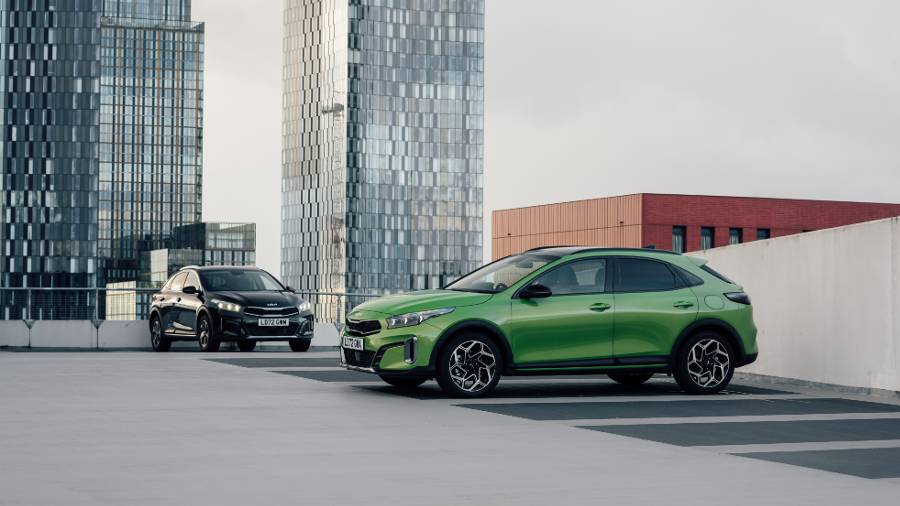
Range & Batteries
The plug-in hybrid version of the XCeed comes with a relatively small 8.9kWh lithium-ion battery that allows it to cover around 30 miles on a single charge. That isn’t huge, and in the real world, you’re probably looking at a range in the low twenties, but it’s still enough for heading into town or dropping the kids at school. If that’s all the car is going to do on a regular basis, and you can charge at home, the hybrid might work out well.
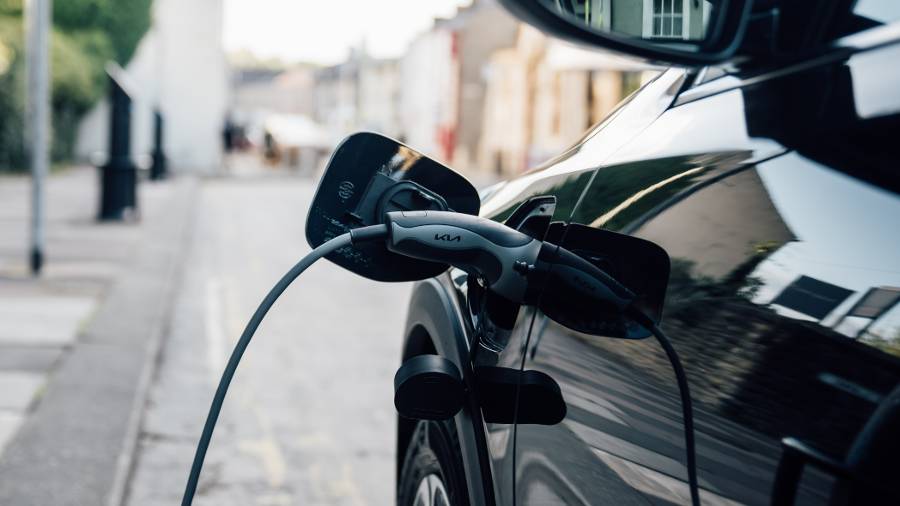
Performance & Drive
Just two powertrains are available for the XCeed, which makes the decision-making process a little easier. There’s a plug-in hybrid option for company car drivers and those who mostly do short journeys, and there’s a petrol option for everyone else.
That petrol engine is a 1.5-litre turbocharged four-cylinder engine that produces 160hp, and that goes to the front wheels via either a six-speed manual gearbox or a seven-speed automatic, depending on your preference. That means 0-62mph takes around nine seconds, which is more than quick enough, and the top speed is about 130mph.
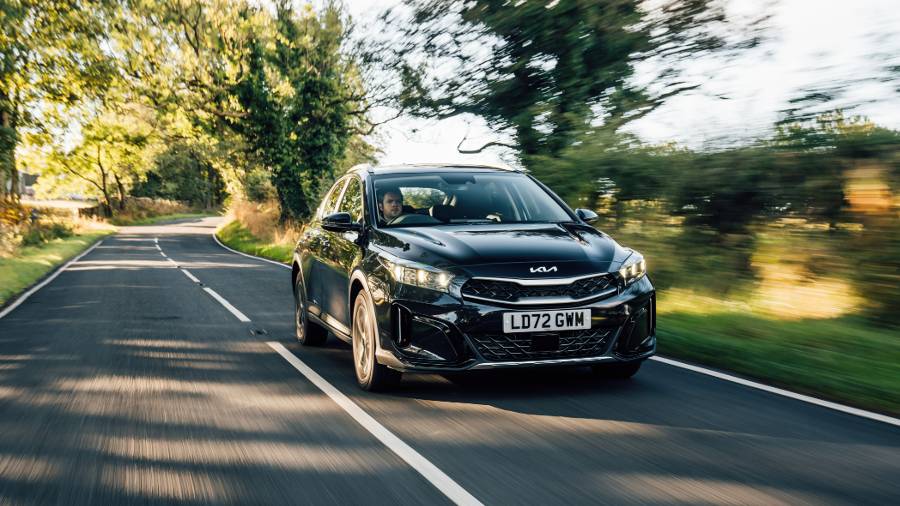
Alternatively, the plug-in hybrid comes with a six-speed automatic gearbox as standard, while its combination of 1.6-litre petrol engine and electric motor combine to produce 140hp. As a result, it’s a little slower than the 1.5-litre petrol, but it’s still brisk enough to keep pace with traffic and it’ll do 100mph at full tilt.
Naturally, the two drive slightly differently, with the hybrid offering silent electric running, but neither is especially loud anyway. The 1.5-litre petrol is pretty hushed, and the hybrid’s engine is also quite refined. All of which makes the XCeed quite a relaxing thing to drive.

The suspension helps on that front, too, giving the XCeed a reasonably supple ride that always feels composed and calm, so bumps never seem to catch the suspension unawares, jolting the occupants and making the car feel unsettled. Admittedly, the petrol version is better than the hybrid, and even that It isn’t the most comfortable car on the road by any stretch, but it does feel assured and unflustered, which can only be a good thing.
The catch is that the XCeed doesn’t handle as sharply as you might like, but it’s still reasonably pleasant to steer. The body control is naturally less than it would be in a lower-slung Ceed hatch, so the XCeed rolls a bit in corners, but it’s hardly disastrous. The steering is a bit numb, which is more troubling, but that makes it easier to drive around town at the cost of precision on a country road. Most customers will be happy to make that trade.
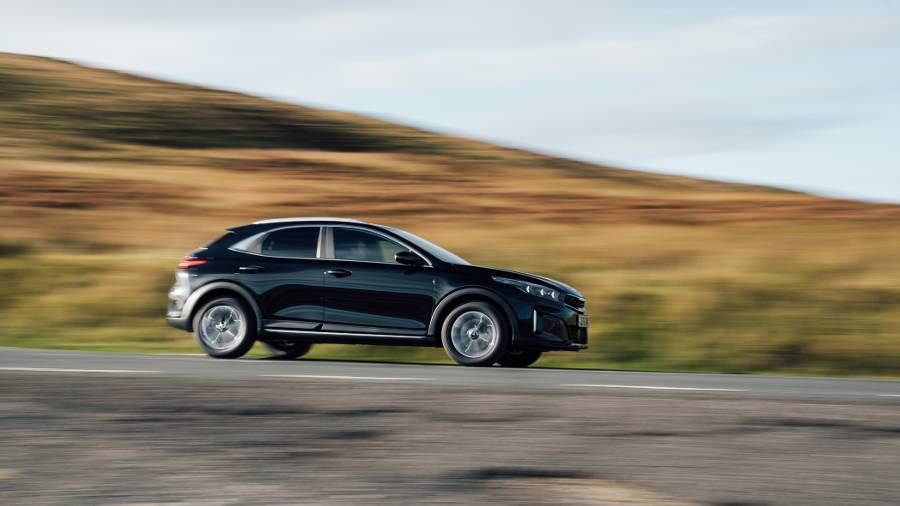
Charging
Filling the relatively small battery is, at least, a relatively quick job. Plug into a 3.3kW charger and you’ll have another 20-odd miles of real-world, zero-emission range ready to go in two-and-a-bit hours. Obviously, with such a small battery and the help of that 1.6-litre petrol engine, there’s no real need to charge any faster. If you drop the kids at school, head home and charge the car, it’ll easily have enough electricity to collect them by the end of the school day.
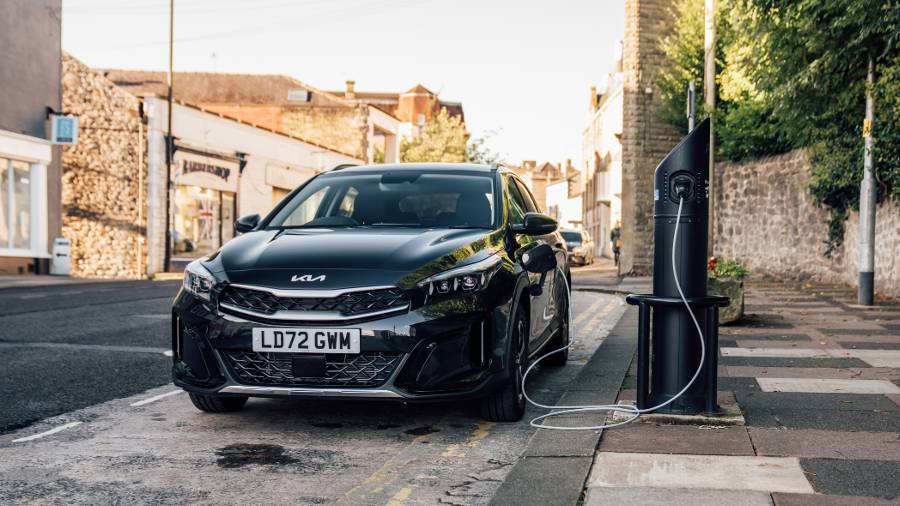
Running Costs & Emissions
On paper, the plug-in hybrid versions of the XCeed are clearly the most fuel-efficient, but the line is a bit blurrier than the official figures suggest. If your lifestyle suits the plug-in car, then you will burn surprisingly little petrol, but only if your journeys are mostly short and you can plug in regularly. Realistically, with such a small battery, the car will probably need to charge at least once for every day it’s driven.
If your journeys are longer, the plug-in hybrid won’t be quite so efficient, and though the electric motor will help the 1.6-litre petrol engine save unleaded, the more powerful 1.5 will likely prove to be the powerplant of choice. Capable of returning 45mpg on a long run without too much trouble, it is hardly a gas guzzler, and the extra 20hp gives it a bit of extra oomph.
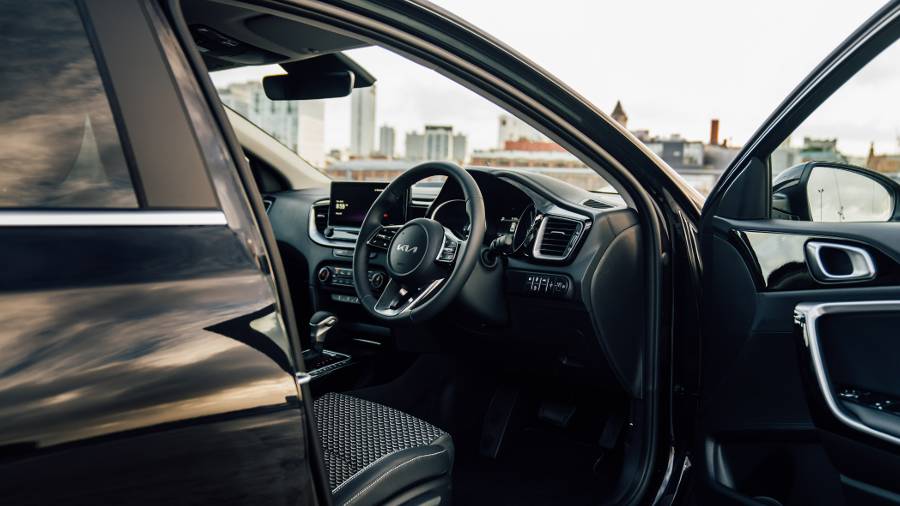
Interior & Technology
The XCeed’s interior is not the most inspiring place on the planet, but it is very comfortable, ergonomic and well built. Although there is a big central touchscreen as standard on every version, Kia hasn’t fallen into the trap of hiding everything away in there. Yes, functions such as navigation and media are primarily controlled by the screen, but the climate control functions are still controlled by buttons and rotary dials on the dashboard.
That said, the screen is more than capable of handling more than it currently does. Kia’s infotainment systems aren’t exactly world-beating in terms of graphics or cool functions, but if you want something quietly efficient and easy to use, they’re tough to argue with. They work brilliantly, and that makes up for some slightly last-generation graphics.
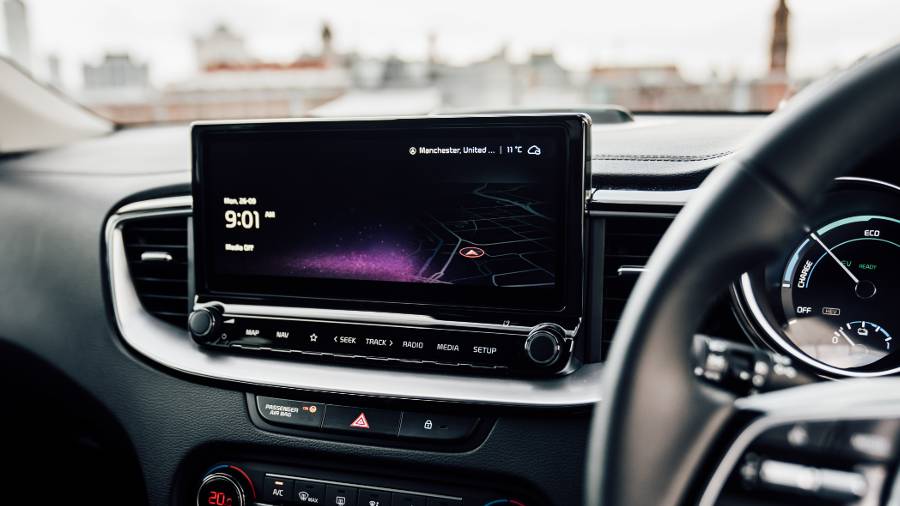
Also brilliant is the digital instrument display, which only features on more upmarket models. That’s a shame, because it’s really clear, easy to read and control, and the graphics are fairly sharp. Again, it doesn’t feel as fancy as some other systems, but it works perfectly, and you can’t really ask for much more than that.
Nor can you ask for more from the cabin itself. Material quality is hit and miss in places, with a few hard and slightly cheap plastics lower down in the cockpit, but that’s the price you pay for a car with such a competitive RRP. Everything you touch with any kind of regularity feels really tactile, though, with some nice materials on the doors, steering wheel and centre console. And it’s all screwed together impeccably, which bodes well on the reliability front.
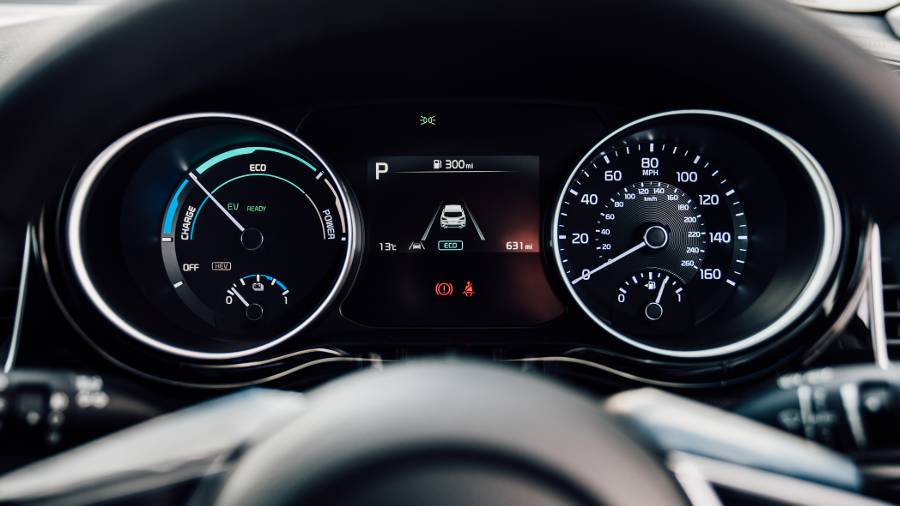
Practicality & Boot Space
As you might expect, the XCeed offers customers a halfway house between a big SUV and a hatchback when it comes to practicality, too. It doesn’t quite have the outright space of a Sportage, but it’s roomier than a Ceed, with more than enough space for four adults to sit comfortably even on a long journey. It’s true that some very tall rear-seat passengers might not be overly impressed with the headroom back there, but legroom is fine and most adults would be perfectly comfortable, so kids will have all the room they need.
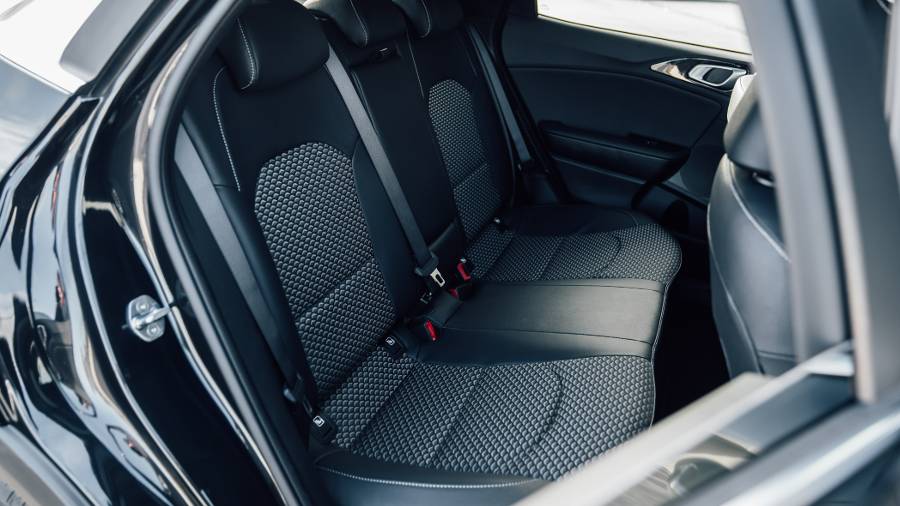
Boot space is similarly adequate without being especially impressive. The 426-litre luggage bay is noticeably more spacious than the boot in a Ceed, but other SUVs such as the VW T-Roc offer fractionally more room. And if you get the plug-in hybrid, boot space is really lacking. The 291-litre luggage bay is almost 100 litres smaller than that of a Skoda Fabia, let alone a family SUV. That said, those who pick the petrol version will have more than enough space for most occasions, and the option of folding the rear seats to create a near-1,400-litre space will be welcome for trips to the recycling centre and the like.
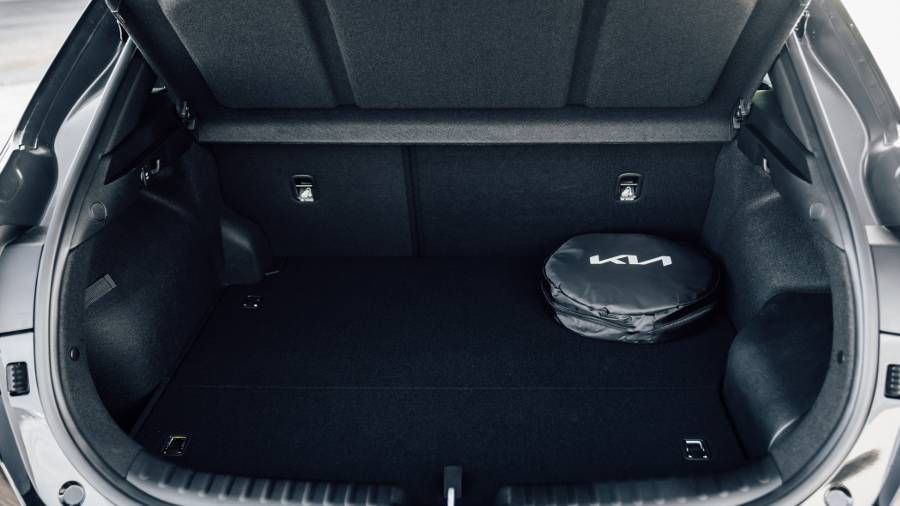
Safety
The European independent crash safety body, Euro NCAP, has not officially tested the XCeed specifically, but it has tested the conventional Ceed hatchback. So while the data for that isn’t wholly applicable to the XCeed because of the new bodywork, the mechanical similarities mean we can still glean something from the verdict. Happily, that verdict was a positive one, with the Ceed achieving the maximum score of five stars, although the results for each category were solid, rather than exceptional. Nevertheless, we’ve every reason to believe the XCeed will prove pretty safe should the worst happen.
However, to help reduce the chances of the worst happening, Kia has rammed the XCeed full of safety tech. The usual suspects are all there, even on the base model, with lane-keeping assistance to help keep the car from wandering out of its lane, and autonomous emergency braking to stop the car if the driver doesn’t respond to a hazard. It even gets cruise control and a speed limiter as standard, as well as a reversing camera to help prevent any bumps or scrapes.
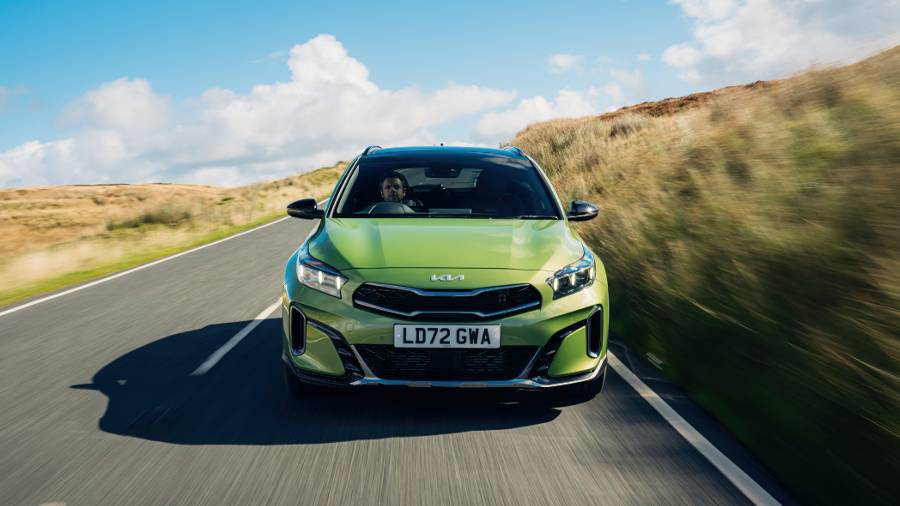
Options
The XCeed range comprises four trim levels, which sounds straightforward enough, but there is some confusing crossover there. Basically, things kick off with the ‘2’ model, which is only available in petrol form. But despite being a ‘base’ model, it still gets a reversing camera, satellite navigation and 16-inch alloy wheels, as well as Kia’s 10.25-inch touchscreen infotainment system.
You might expect the ‘3’ model to be next in the pecking order, but no. Instead, it’s the GT-Line version, which offers sportier styling and a few extra toys, with 18-inch alloy wheels, two-zone climate control and heated front seats all included. You get a heated steering wheel, too, and privacy glass. Then comes the ‘3’, with a very similar specification to the GT-Line, but without quite such sporty styling. It is the only model available with plug-in hybrid power, though.
Finally, the GT-Line S crowns the line-up, with its 12.3-inch digital instrument display, leather upholstery and heated outer rear seats, as well as a JBL premium sound system, wireless phone charging and a power-operated tailgate.
Option packs are few and far between, but Kia does offer a great range of colours. Infra Red comes as standard, which makes a nice change, while there’s a gorgeous Blue Flame colour on offer, too. But perhaps the best of the bunch is the Spirit Green, which is quite lurid and won’t be for everyone, but it suits the XCeed’s style.
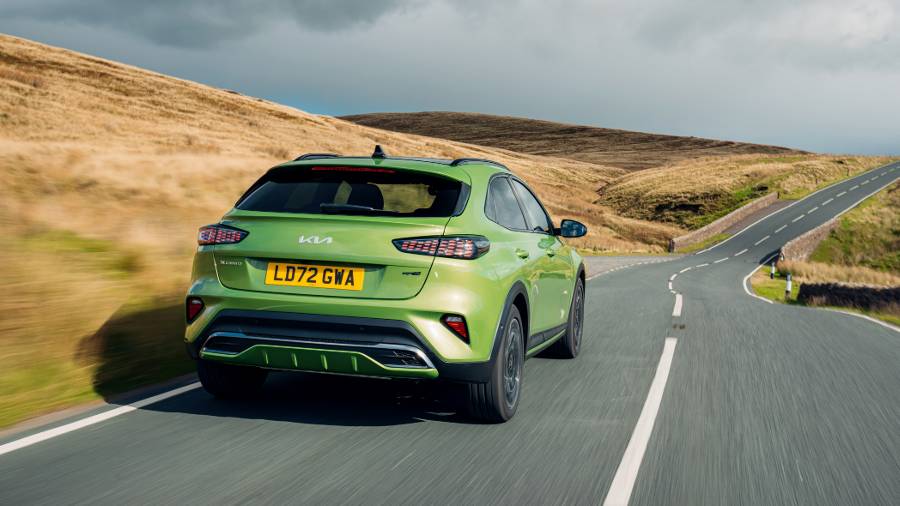
Rival Cars
Defining the XCeed’s rivals is not easy, simply because it manages to sit slap-bang in the middle of the automotive Venn diagram. A mixture of hatchback, estate and SUV, it’s an indirect rival for almost any family car you care to mention, from the conventional SUVs and hatchbacks to the more obscure estates.
Even within the Kia family, you can imagine other cars pinching customers from the XCeed. The Niro, for example, is more of an SUV, but it’s fractionally smaller and it offers a choice of hybrid, electric and plug-in hybrid powertrains. Then there’s the larger Sportage, with its petrol, hybrid and plug-in hybrid power options, or the smaller and more conventional Ceed hatchback, available only with petrol power. Or there’s the more stylish Proceed model with its shooting brake styling.
All of those cars cross over with the XCeed in some way, and some customers will doubtless feel one of them suits their needs better, but the XCeed merges the qualities of all of them to provide competition for other brands’ products.
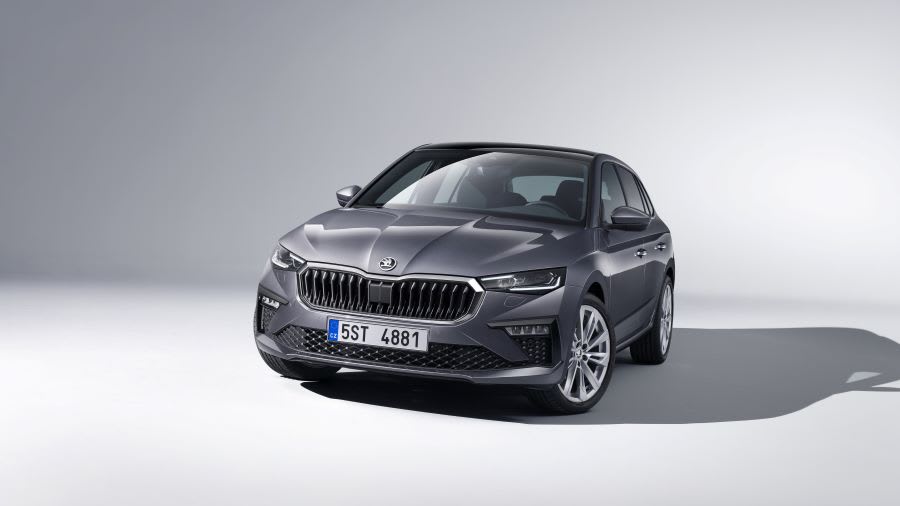
Perhaps the most obvious alternatives are the jacked-up hatchbacks such as the Ford Focus Active or the VW Golf Alltrack, but there’s competition from other family hatches such as the spacious Skoda Scala (above), the great-to-drive Mazda3 and the stylish Vauxhall Astra, too.
Then there are the SUVs, including the solid VW T-Roc, the ever-popular Nissan Qashqai and the cool Hyundai Tucson, all of which could be viewed as alternatives to the Kia. And that’s before we look at estate cars such as the hybrid-powered Toyota Corolla Touring Sports or even the Suzuki Swace, which is a Corolla by a different name.

Verdict & Next Steps
On paper, the XCeed seems a bit unnecessary when Kia already makes the Niro, Sportage, Ceed and Proceed models. Yet the XCeed still manages to be likeable and easy to live with, which makes it feel like a useful choice for plenty of customers. By blurring the lines between hatchbacks, SUVs and estates, it has managed to find an appealing middle ground that will tick plenty of boxes for plenty of customers. It isn’t brilliant in any particular way, but it is very good in lots of ways, and that makes it a useful all-rounder.
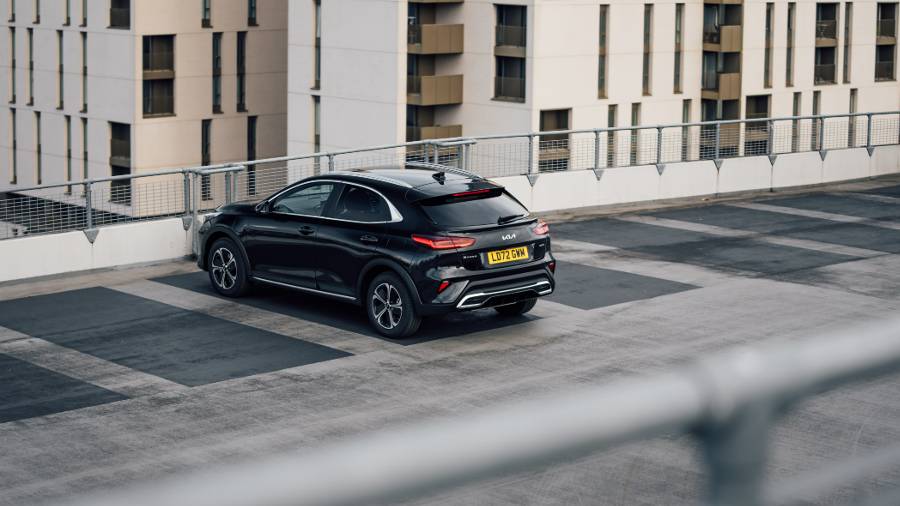
Where to next?
View latest Kia XCeed - from just £242 per month inc VAT**.
Call us on 0118 3048 688 or hit the green 'Enquire' button for more details.
Looking for a great leasing deal? Check out our incredible range of Special Offers and Lease Deals.
New SUV? Read our latest Reviews and find the right model for you.
Want to know more about leasing? Take a look at our comprehensive Leasing Guides.
Interested in everything motoring? Why not catch up on all the latest Car Leasing News.
**Score based on Select’s unique meta score analysis, taking into account the UK’s top leading independent car website reviews of the Kia XCeed.
**Correct as of 16/04/2024. Based on 9 months initial payment, 5,000 miles annually, over a 48 month lease. Initial payment equivalent to 9 monthly payments, or £2,178.00 (Plus admin fee) Ts and Cs apply. Credit is subject to status.
